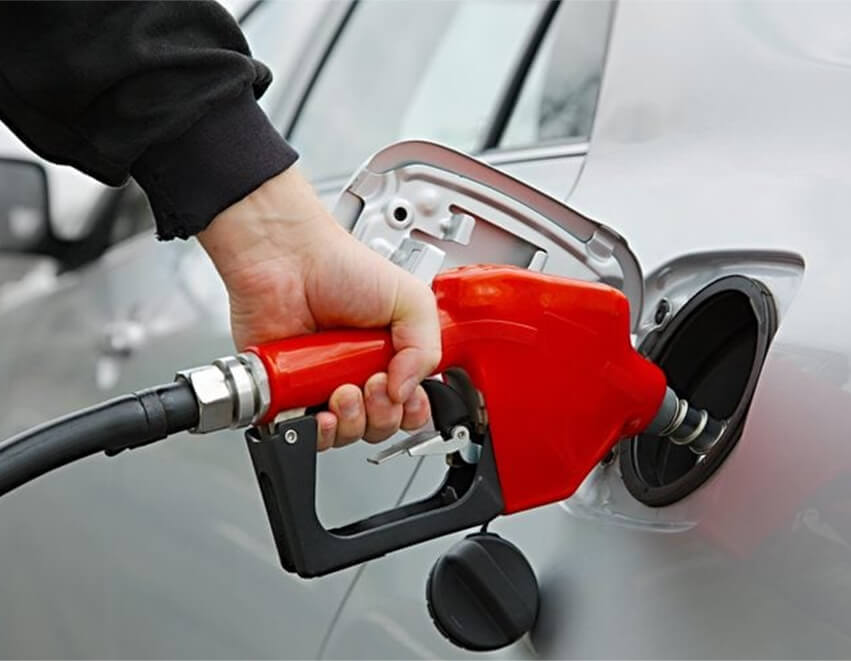Lubrication is vital for the smooth, reliable operation of industrial machinery. Lubrication pumps automate grease or oil delivery to prevent wear and tear.
Lubrication is absolutely vital to ensuring the smooth, reliable operation of industrial machinery. Manual lubrication techniques like grease guns work, but the process is extremely labor-intensive. Lubrication pumps offer a better way – automated delivery of grease or oil to prevent wear and tear.
1. Lubrication pumps automatically apply grease/oil
2. Eliminate manual lubrication downsides
3. Protect assets from wear-related failures
4. Reduce maintenance costs and labor
Whether it’s a critical mining conveyor, bottling line, or generator set, moving parts wear down over time. Without adequate lubrication, friction, and corrosion grind away – slowly damaging surfaces. This steady degradation leads to premature part failures, unplanned downtime, and frequent replacements.
Of course, keeping machinery well-lubricated is no small task. Workers have to manually apply grease and oil across facilities. This messy process ties up labor in a never-ending cycle. It’s also easy to miss spots, leading to hidden wear issues.
The automated lubrication delivered by purpose-built pumps keeps components running reliably for longer between scheduled maintenance. This maximizes production uptime while eliminating collateral damage from unexpected stoppages.
This is where lubrication pumps provide immense value. They eliminate the extremely labor-intensive process of manual lubrication. Workers no longer need to stop their tasks, traverse facilities carrying grease guns, and methodically apply lubricant to multiple components. This frees up maintenance labor for more value-added work.
Pumps automatically deliver measured shots of oil or grease exactly when and where required. Centralized systems connect components to lubricant reservoirs and distribution piping networks. Pumps inject lubricant doses on demand or at scheduled intervals to each connected asset. This prevents missing lube points and the resultant wear issues.
Manual lubrication makes it nearly impossible to control the amount applied each time. Too little grease leads to wear while excess also causes problems. Pumps supply precise lubricant quantities to achieve optimal viscosity and protective film thickness on components. Software factors in operating conditions for truly optimized lube programs rather than guessing with a grease gun.
Advanced pump systems monitor lubricant levels, pump operation, distribution line status, and component relubrication alerts. Centralized data gives managers visibility into asset health to schedule predictive repairs. Optimizing lubrication ultimately prevents unplanned downtime and wear-induced breakdowns.
From simple manual models to sophisticated automated systems, various lubrication pump designs suit different industrial applications. Each offers distinct advantages depending on factors like lubricant viscosity, delivery pressure, and monitoring requirements.
These pumps handle lubricating grease, which has a thicker consistency than oil. Grease allows adhesion to surfaces along with sealing properties to lock out contaminants. Typical grease pump types include:
Grease guns also leverage manual or pneumatic pistons to deliver lubricant. Central pumping stations use similar mechanisms to feed grease through facility piping.
Basic hand-operated pumps see wide use for intermittent lubrication tasks. These affordable, low-tech pumps consist of a lever or handle to build pressure inside a cylinder filled with oil or low-viscosity grease. Each stroke dispenses lubricant. Manual pumps provide portability around facilities.
Instead of manual power, pneumatic pumps use compressed air to force lubricant onto components. The pump is basically an air-powered plunger inside a cylinder filled with grease or oil. Adjusting operating air pressure and cylinder stroke length controls the lubricant flow rate. An air valve or level switch automatically cycles the pump.
Electric motors coupled with different pumping mechanisms like gears and impellers automate oil and some grease delivery with advanced monitoring/control capabilities. Often called centralized lubrication, electric pumps connect components to a lubricant reservoir and distribution piping network with electronic relubrication scheduling.
More complex electro-mechanical pumps mount at individual points. Smart systems adjust lubricant amounts based on real-time operating conditions.
With decades of expertise in fluid transfer and handling, Aocheng Group offers versatile, heavy-duty lubrication pumps for reliable automated or manual lubricant delivery. Their diverse pump portfolio and custom engineering capabilities make Aocheng an ideal partner for optimizing your lubrication program.
Aocheng’s lubricator lineup ensures they have a solution tailored to your oil or grease application’s specific demands. Options span from basic manual pumps for intermittent use to advanced automated central systems for nonstop lubrication.
Their Pneumatic Oil Pumps provide adjustable output of up to 16-17L per minute, effortlessly handling low to medium-viscosity oils and greases. For larger lubricant quantities, Aocheng’s OIL01 oil pumps deliver precise adjustment and reliable dispensing. These self-contained pump and reservoir skids connect to existing compressed air supplies for simple automation.
Top-of-the-line electric pumps offer unmatched precision monitoring and control for centralized lubrication networks. Heavy-duty gears and eccentrics deliver continuous high-pressure output while integrated electronics prevent under or over-greasing.
Aocheng engineers their lubricators for rugged durability across harsh industrial environments. Wetted components feature corrosion-resistant builds to maintain precision dispensing through years of nonstop operation. From compact manual pumps to electronic central systems, they offer customized lubrication solutions purpose-built to your specifications.
Beyond premier pumping equipment, Aocheng provides full consultation for complete lubrication program development. Their experts assess your equipment needs, component placement, lubricant requirements, and operational conditions. Leveraging this intelligence, Aocheng then engineers a tailored automated lubrication solution to maximize asset protection while optimizing maintenance costs.
Don’t settle for maintenance headaches and unexpected downtime from manual lubrication. Aocheng Group offers versatile, purpose-engineered lubricators to automate this vital task. Protect your production assets and peace of mind with expert support from an experienced partner.
Contact Aocheng today to discuss implementing automated lubrication tailored to your unique requirements. Our team stands ready to deliver smooth, reliable operations!




